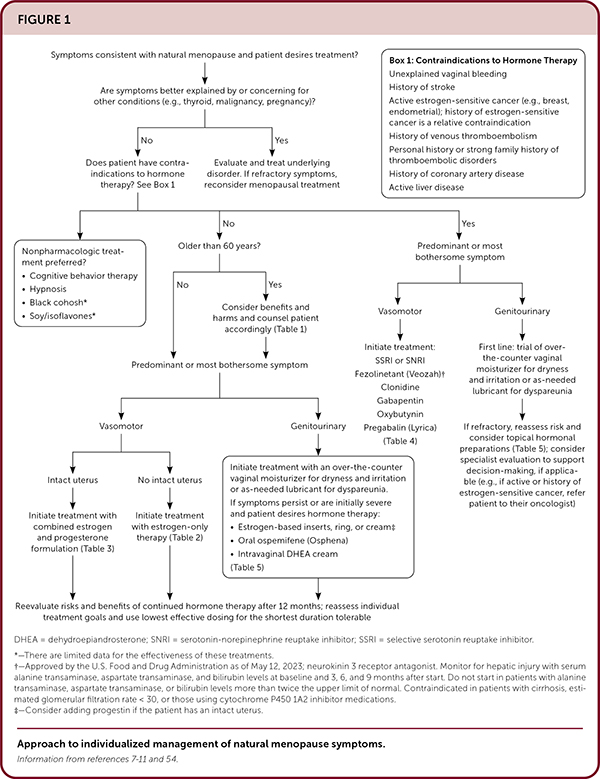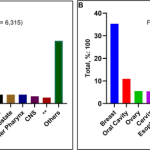
A Beginner’s Guide to Online Privacy: Managing Your Privacy Settings
The Importance of Privacy Settings
As we spend more time online, it’s important to understand how our personal data is being used. Companies use cookies, geolocation data, and other personal information to target us with personalized advertising and content. While this can be helpful at times, it’s also important to have control over how our data is being used. This is where privacy settings come in.
What Are Privacy Settings?
Privacy settings are features that allow you to control how your information is shared and used. They can usually be found in the settings or account section of a website or app. Privacy settings can vary depending on the site, but often include options to control what information is shared with third-party providers and advertisers, as well as options to limit who can see your profile or posts.
Why Customize Your Privacy Settings?
Customizing your privacy settings ensures that you have control over how your information is used. By default, many websites and apps may allow for more data sharing than you are comfortable with. By customizing your settings, you can limit who can see your personal information and what types of advertising you receive.
How to Manage Your Privacy Settings
Managing your privacy settings can be easy and straightforward. Most websites and apps provide clear instructions on how to customize your settings. Here are some tips:
Read the Privacy Policy
Before customizing your privacy settings, it’s important to read the website or app’s privacy policy. This will outline what information is being collected and how it is being used. Understanding the policy will help you make informed decisions about what settings to choose.
Choose Strong Passwords
One of the easiest ways to protect your online privacy is by using strong passwords. This reduces the risk of your account being hacked and your personal information being compromised.
Opt-Out of Data Sharing
Many websites and apps allow for data sharing with third-party providers and advertisers by default. However, you can usually opt-out of this by customizing your privacy settings. This will limit how your information is being used and who has access to it.
Check Who Can See Your Posts
Some websites and apps may allow anyone to see your posts by default. However, you can usually limit who can see your posts by adjusting your privacy settings. This ensures that only people you trust can see your personal information.
Use Private Browsing Mode
Most web browsers offer a private browsing mode that does not save your search history or cookies. This can be useful if you want to keep your browsing history private, especially if you are using a public computer or network.
The Bottom Line
Customizing your privacy settings is an important part of protecting your online privacy. By understanding what data is being collected and how it is being used, you can make informed decisions about how to protect your personal information. Take the time to review your privacy settings and adjust them as needed to ensure that your information is safe and secure.
Originally Post From https://uk.style.yahoo.com/cancer-treatment-forced-menopause-39-115800430.html
Read more about this topic at
Personalized advertising – Advertising Policies Help
Personalized Advertising – How It Works and How to Do …


